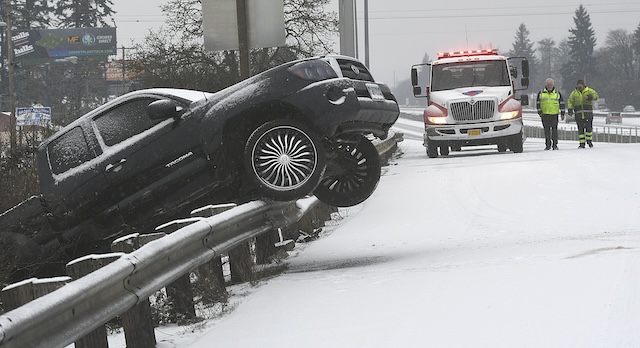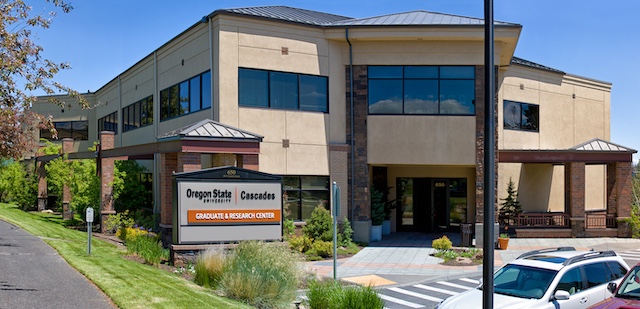Wildfire risk increases in parts of West
Published 5:30 pm Friday, June 2, 2023

- Jim Wallmann
BOISE, Idaho — Recent heavy runoff and an expected quick shift to high heat in much of the West mean the risk of big wildfires could increase quickly, fire forecasters predict.
The wildfire risk is already above normal in the rangelands of Central and Eastern Washington and part of Central Oregon, according to the National Interagency Fire Center Predictive Services.
The above-normal risk is expected to spread through rangelands in Southeast Oregon, Southwest Idaho and northern Nevada in July.
“Additionally, recent above-normal temperatures in Washington, Idaho and Montana resulted in rapid snowmelt,” said Nick Nauslar, a Bureau of Land Management meteorologist with the fire centers predictive services. “Above-normal risk is likely in much of Washington, northern Idaho and northwest Montana” in July.
Quick runoff in those areas will leave grass and brush with more time to dry out, he said.
Rapid snowmelt is less of a concern in California’s Sierra Nevada over the next two months. While snow will take a while to melt in some northern areas, “by July, the timberlands will be in play for above-normal risk,” Nauslar said.
Elevated risk of large wildfires is expected to continue in parts of Washington, Idaho and Montana through August, though the forecast becomes a bit more uncertain after that “due to what is looking like a rapid transition to El Niño,” he said.
Weather that is drier and warmer than usual in the northern U.S. is a characteristic of El Niño, according to the National Oceanic and Atmospheric Administration.
Above-normal temperatures are likely in the West through summer, according to National Weather Service and predictive services outlooks.
NOAA’s Climate Prediction Center forecasts slightly favor below-normal rainfall through August in Washington, northern Oregon and much of northern Idaho, said Troy Lindquist, a National Weather Service meteorologist in Boise, Idaho.
Winter rainfall and snowpack have been a bit heavier in Idaho’s southern half compared to the state’s northern region, said Jim Wallmann, U.S. Forest Service meteorologist at the fire center.
“On top of that, they are supposed to stay warmer and drier than normal up there, and we are more likely to see our normal summer precipitation,” he said.
Above-normal temperatures and below-normal rainfall could spread south to the Salmon River, but this is not likely in the central mountains or the state’s southern region — at least in higher-elevation timber, Wallmann said. “It depends on what happens in the next four to six weeks.”
Substantial grass and brush in southwest Idaho and far northwest Nevada includes new growth and amounts carried over from the fall. Expected wet weather in June delays the risk of large fires in new growth, the report said.
The high snowpack is expected to delay the rangeland and timberland fire season in the higher elevations of the southern Great Basin and across the high Sierra.
The potential for large fires, of at least 300 acres, is expected to be near to below normal for June and July in Northern California. Risk is below normal in June in Southern California, except for nearly normal potential across the San Joaquin Valley and deserts.








